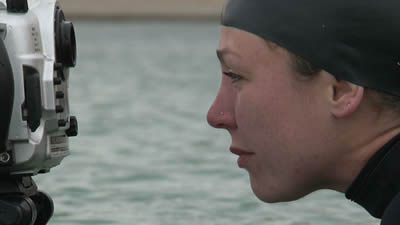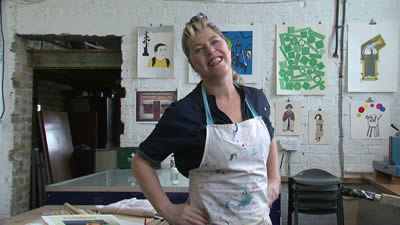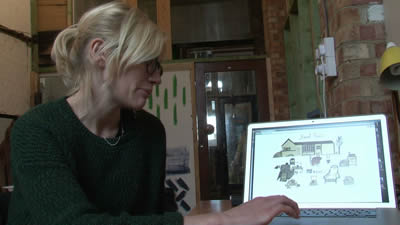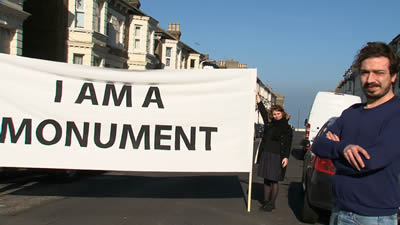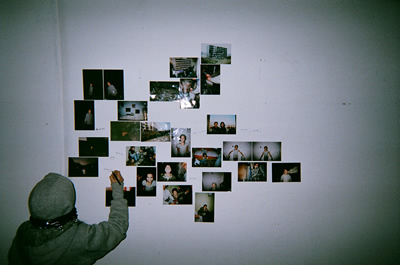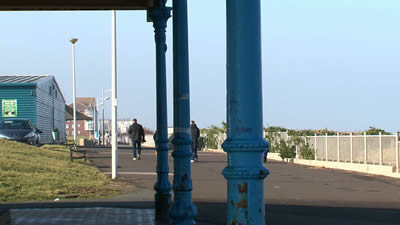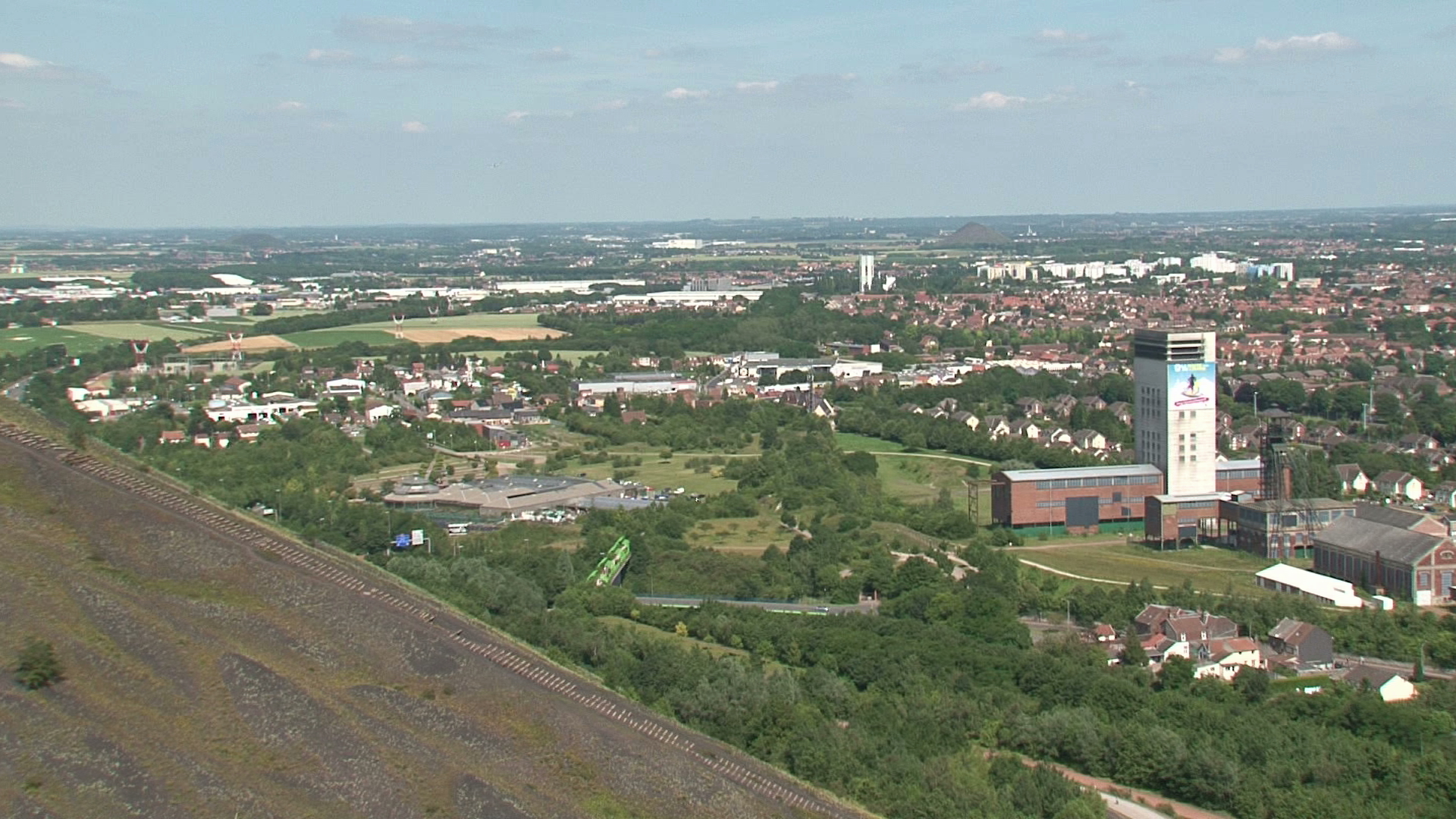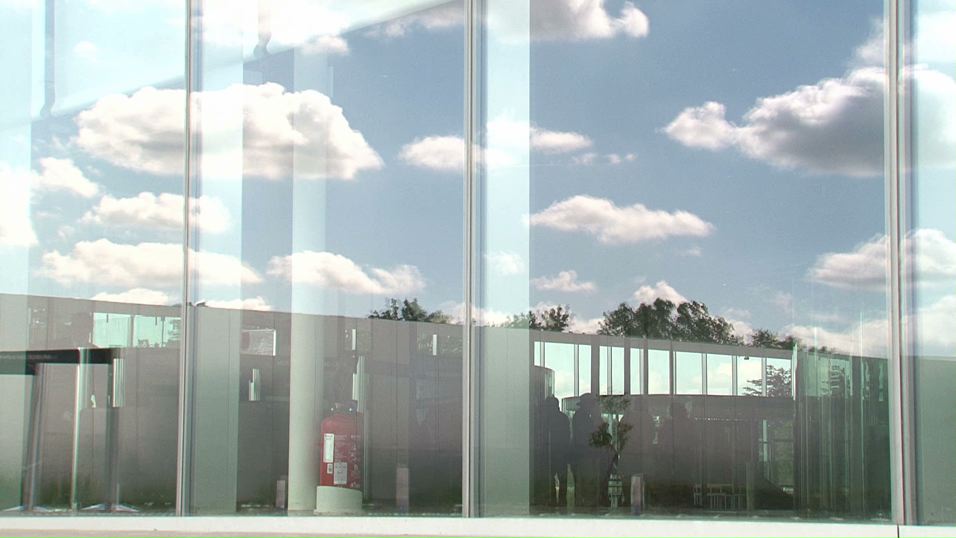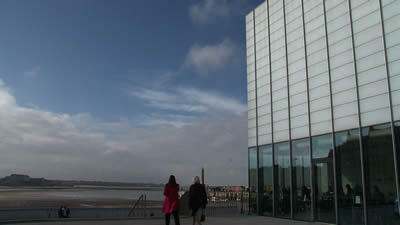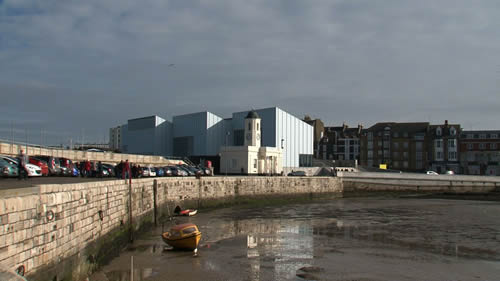“Open See” – Alex Sturrock
Everything that drew me to the area originally still has a draw, the
meeting of rural and urban, of international and local. People from
across the globe live next door to each other a stones throw from a
beautiful and desolate beach, in flats converted from grand houses
that once housed the rich at play. The front doors are left open, on
many the locks are busted, and people within the different communities
are always dropping past on each other, like an inner city council
estate before the modern day security doors.
The area has an abundance of the contradictions and eccentricities
that are hallmarks of modern Britain. Retirees rest next to a square
full of young kids, creatives work happily in big cheap studios while
their bikes are stolen and sold for parts, people swim blissfullly
alone in an acre long tidal pool while big groups of the same faces
share pain and laughs on the same doorsteps day in day out. I have
seen Junkies get high in hallways next to reiki cleansing centres, &
people talk openly in racist terms only for the next week see them go
out their way to help people of the family they were talking about
oblivious to what their words mean.
People who have grown up in Thanet see a different place to people who chose to live here because its offers refuge from London, and again people who chose to live here because of its beauty and have their eye on the future have a different way of seeing the area to those
attracted to the cheap accommodation. These differing viewpoints are
like faultlines pushing against each other in an evolving and
developing place.
People talk openly here and some people will always enjoy the
notoriety that comes with living in area of reputation, but also in
area with so much transience people cling to things to unify them with
what they think is the norm.
Kids play out and run wild, in a way that most inner city kids aren't
getting the freedom to do any more which is something I really wanted
to be a focus of the work, and feel we have done with some success.
But this is still modern day Britain and the paranoia that our
children are under constant attack is felt here also. So we had to
concentrate the work on small groups and would seek contact with
parents, instead of large groups of kids “playing out”, which
unfortunately is where kids ride the line of freedom and adventure,
and are at their most creative.
In reality the most successful part of the work was focussed on one
family whose eldest son, Martin, became an integral part of the
project, and I hope that he got as much out of it as I did from being
invited to join them where the family is from in Slovakia and during my time spent with them in Cliftonville.
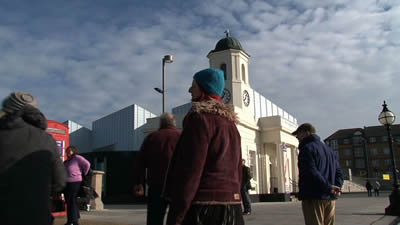
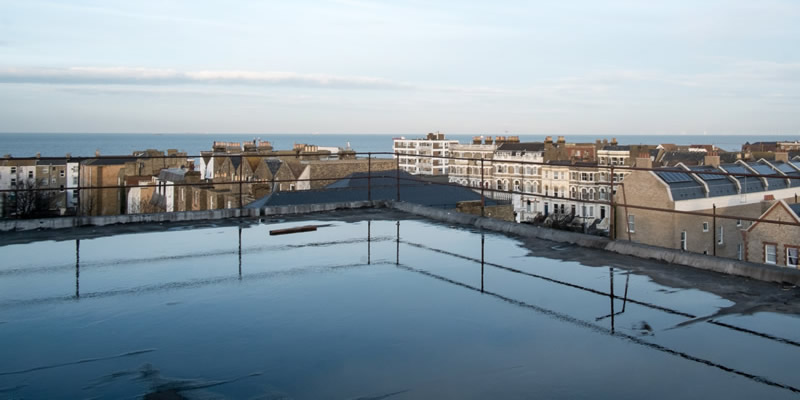
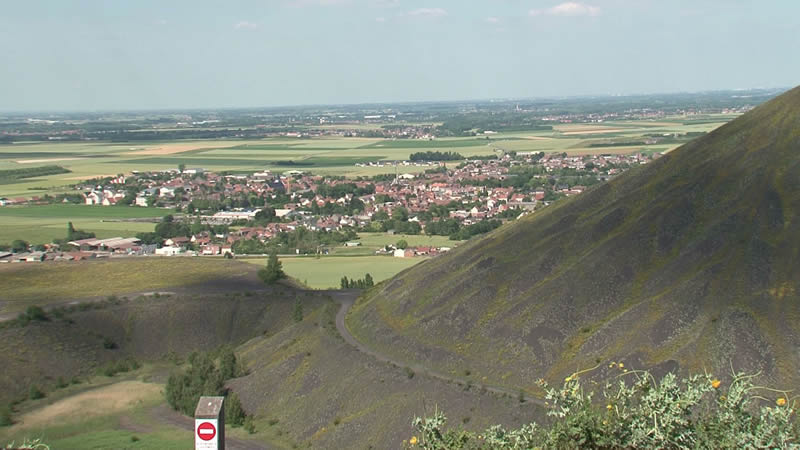
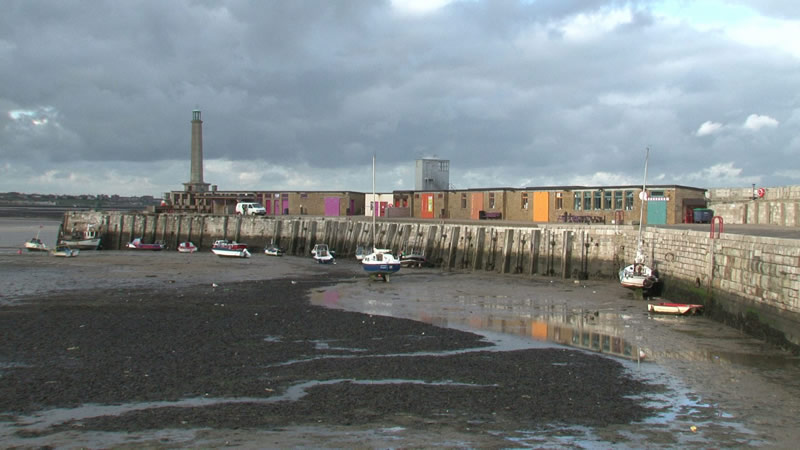
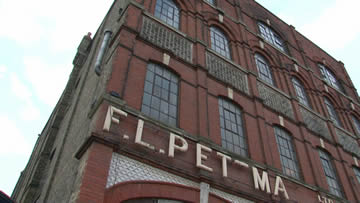 HOME in Cliftonville is an ambitious programme of artist residences. Seven artists from both sides of the Channel have been selected to spend time in the town from 2014 to 2015, creating new artworks in Cliftonville, Kent. The HOME artists are hosted by Resort Studios and engaging with community members. Home is also part of an Inter-regional Culture-led Regeneration (ICR)partnership programme, comprising a number of European partners, including arts organisations, higher education institutions and local authorities. These ICR partners are seeking to investigate the development of creative practice and its role in the cultural regeneration of the region.
HOME in Cliftonville is an ambitious programme of artist residences. Seven artists from both sides of the Channel have been selected to spend time in the town from 2014 to 2015, creating new artworks in Cliftonville, Kent. The HOME artists are hosted by Resort Studios and engaging with community members. Home is also part of an Inter-regional Culture-led Regeneration (ICR)partnership programme, comprising a number of European partners, including arts organisations, higher education institutions and local authorities. These ICR partners are seeking to investigate the development of creative practice and its role in the cultural regeneration of the region.